Rising Water Quality Concerns
The increasing awareness regarding water quality issues is a primary driver for the Ion Exchange Softener Market. As consumers and industries alike become more cognizant of the detrimental effects of hard water, the demand for effective water treatment solutions rises. Hard water can lead to scale buildup in pipes and appliances, resulting in increased maintenance costs and reduced efficiency. According to recent data, the market for water softening systems is projected to grow significantly, with a compound annual growth rate of approximately 6% over the next few years. This trend indicates a robust demand for ion exchange softeners, as they are recognized for their efficiency in removing calcium and magnesium ions from water, thereby enhancing overall water quality.
Industrial Growth and Expansion
The expansion of various industries, including manufacturing, food and beverage, and pharmaceuticals, is propelling the Ion Exchange Softener Market. These sectors require high-quality water for their operations, and the presence of hard water can adversely affect production processes. As industries expand, the need for reliable water treatment solutions becomes paramount. For instance, the food and beverage industry is increasingly adopting ion exchange softeners to ensure product quality and compliance with health regulations. The market data suggests that the industrial segment accounts for a substantial share of the overall water treatment market, further emphasizing the importance of ion exchange technology in meeting the growing demands of these sectors.
Regulatory Compliance and Standards
Stringent regulations regarding water quality and treatment are driving the Ion Exchange Softener Market. Governments and regulatory bodies are implementing strict standards to ensure safe drinking water and protect public health. These regulations often necessitate the use of advanced water treatment technologies, including ion exchange softeners, to meet compliance requirements. As industries face penalties for non-compliance, the adoption of ion exchange systems becomes a strategic necessity. The market data indicates that regions with rigorous water quality regulations are witnessing a higher uptake of ion exchange softeners, as businesses seek to align with legal standards while ensuring operational efficiency.
Technological Innovations in Water Treatment
Technological advancements in water treatment processes are significantly influencing the Ion Exchange Softener Market. Innovations such as automated regeneration systems and real-time monitoring technologies enhance the efficiency and effectiveness of ion exchange softeners. These advancements not only improve performance but also reduce operational costs, making them more appealing to consumers and industries. The integration of smart technologies into water treatment systems is expected to drive market growth, as users seek solutions that offer convenience and reliability. Market data suggests that the adoption of such technologies is on the rise, indicating a shift towards more sophisticated water treatment solutions.
Increased Residential Demand for Water Softening Solutions
The growing residential demand for water softening solutions is a notable driver for the Ion Exchange Softener Market. Homeowners are increasingly recognizing the benefits of soft water, including improved skin and hair health, enhanced appliance longevity, and reduced detergent usage. As a result, the market for residential water softeners is expanding, with many consumers opting for ion exchange systems due to their proven effectiveness. Recent market data indicates that the residential segment is projected to experience a significant growth rate, reflecting a shift in consumer preferences towards high-quality water solutions. This trend underscores the importance of ion exchange softeners in meeting the evolving needs of households.


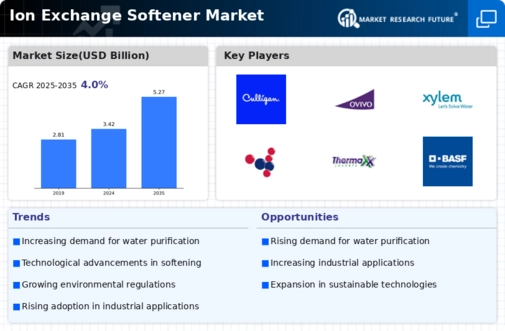
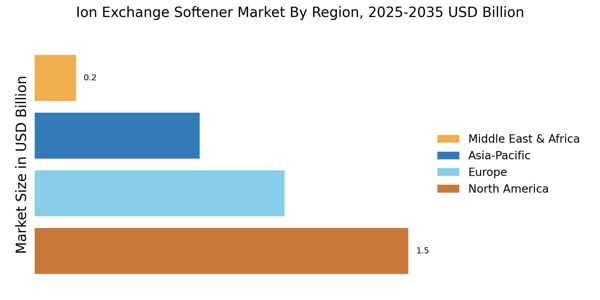
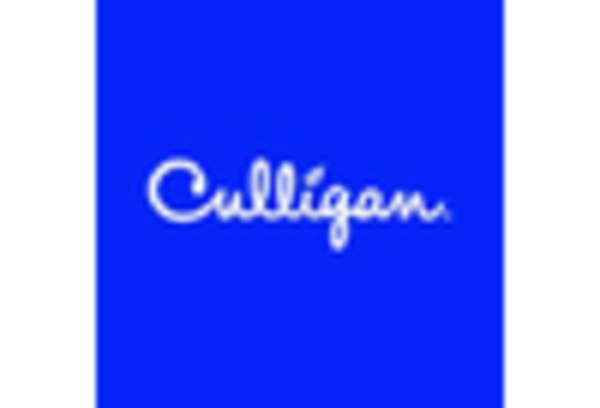
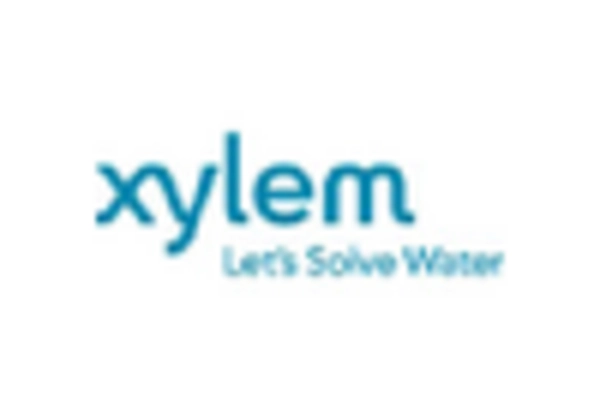

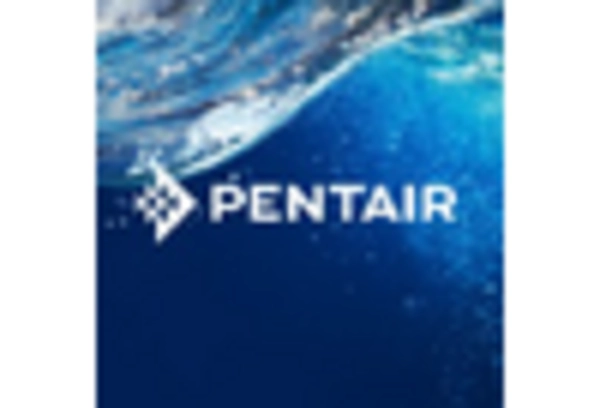










Leave a Comment